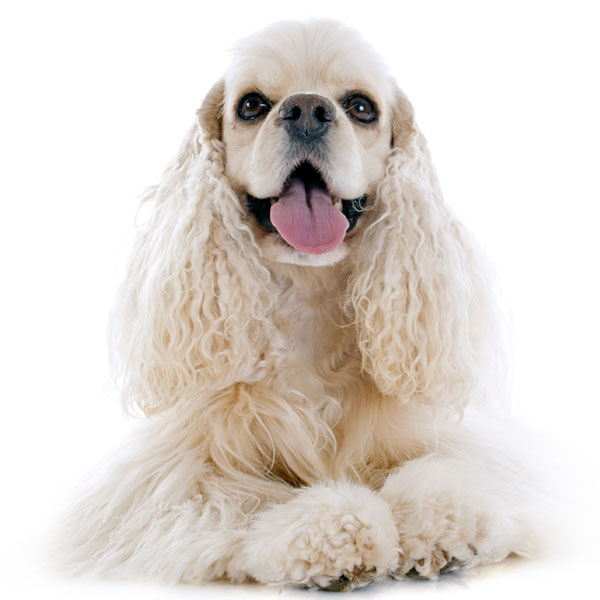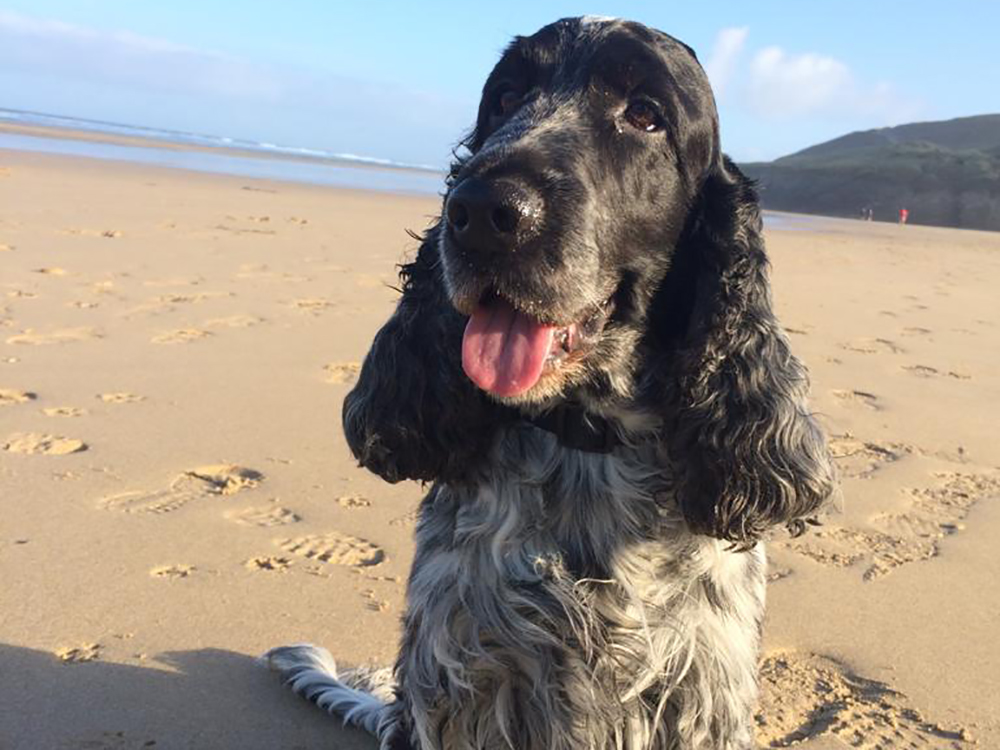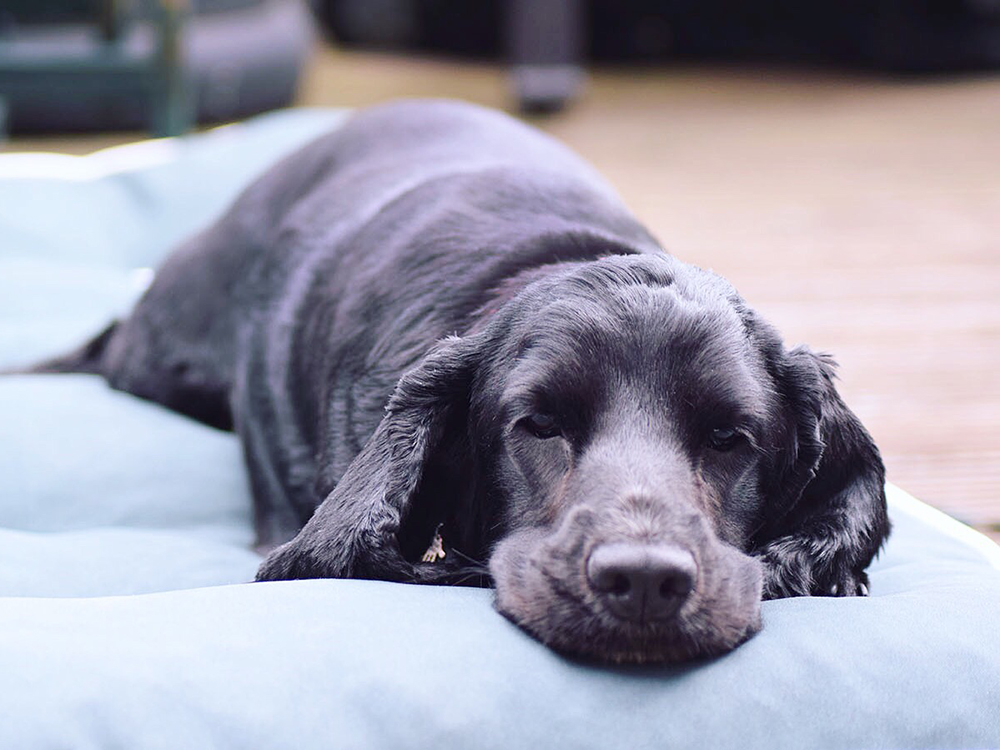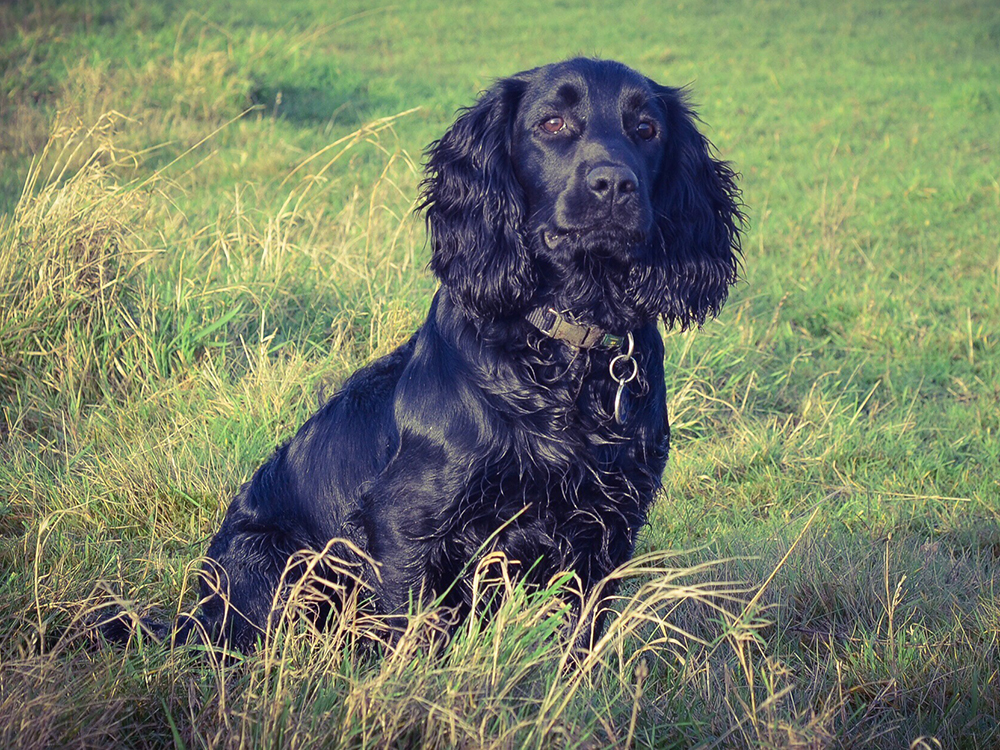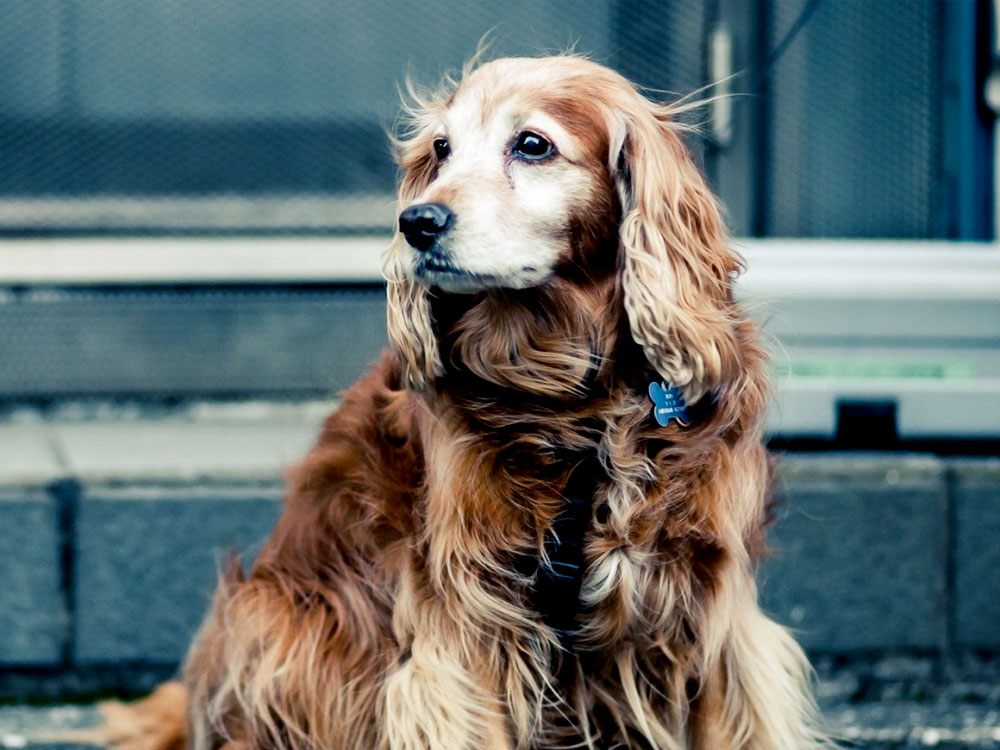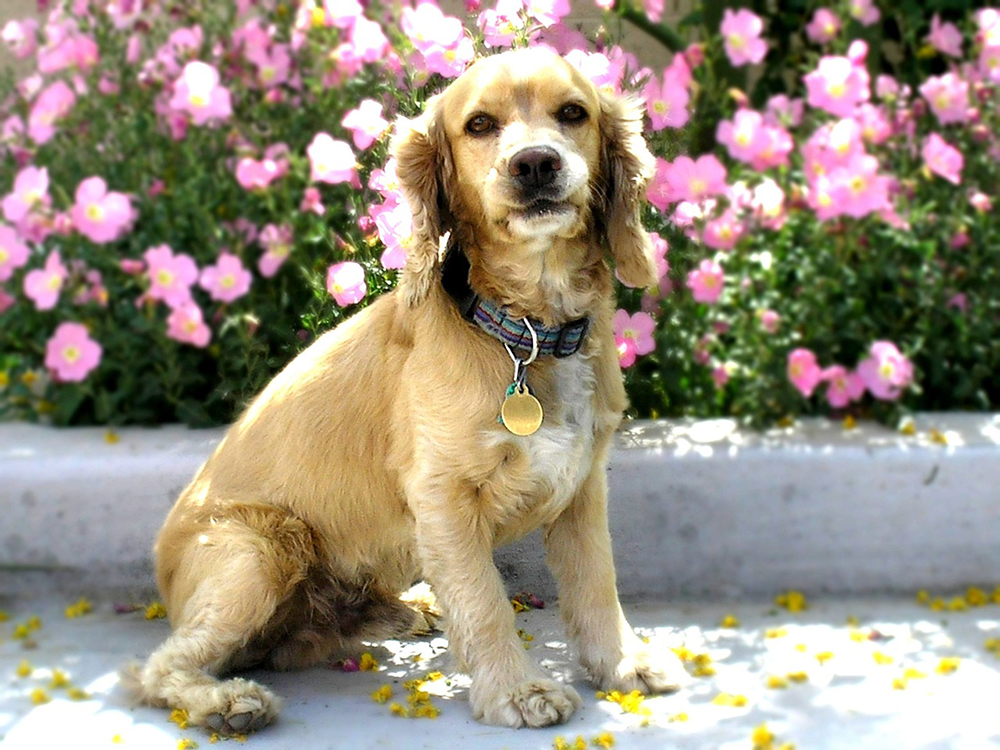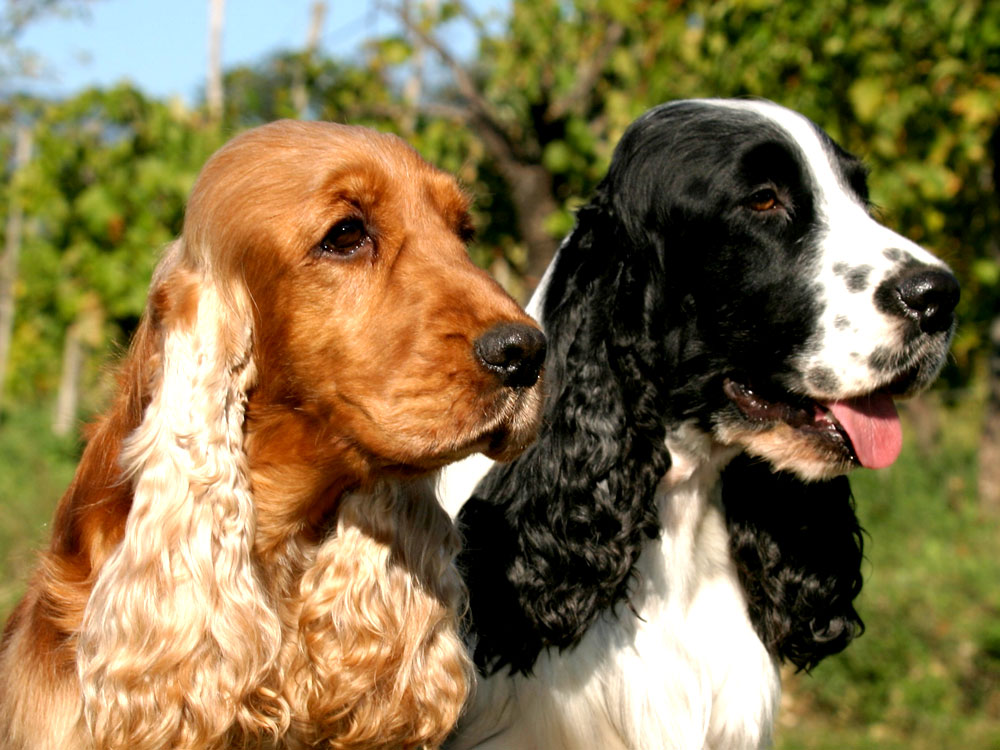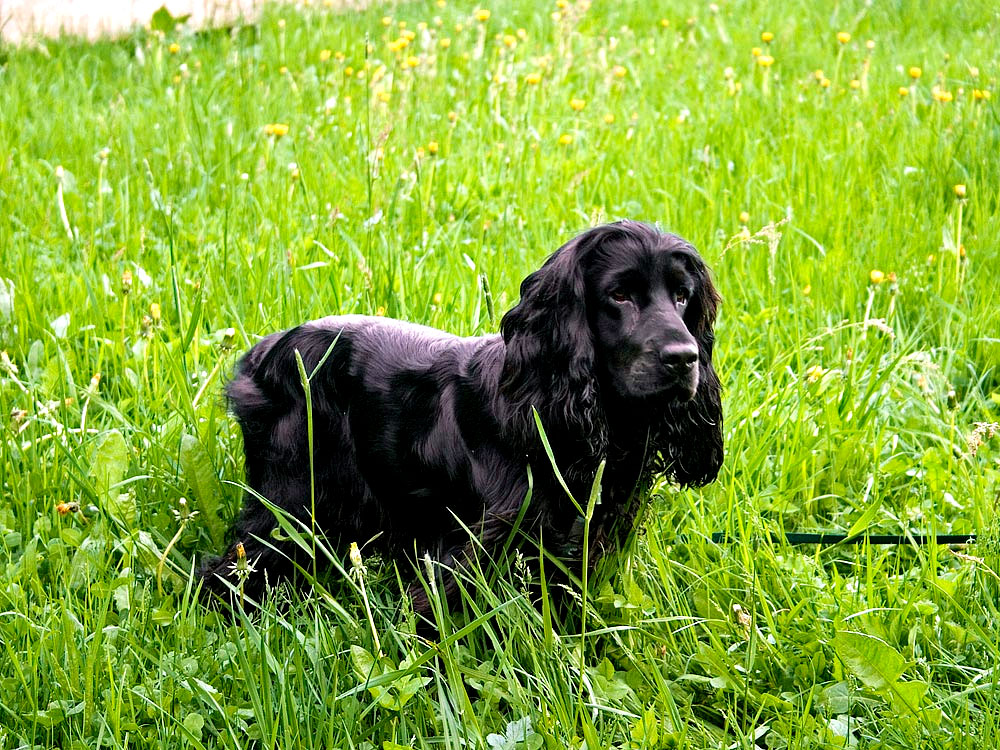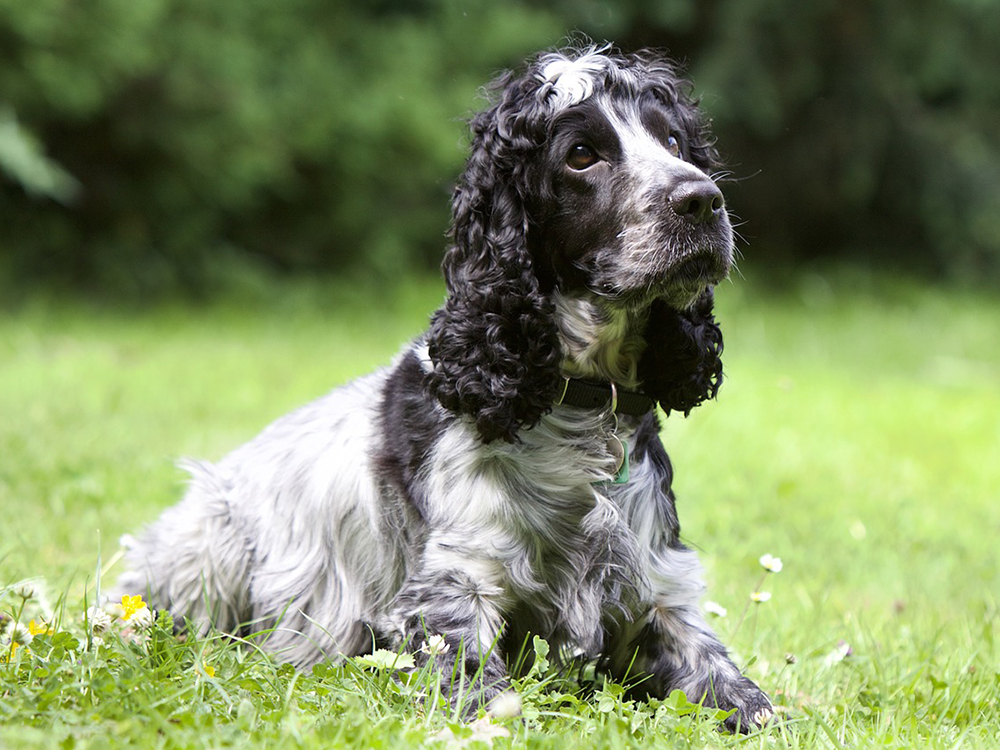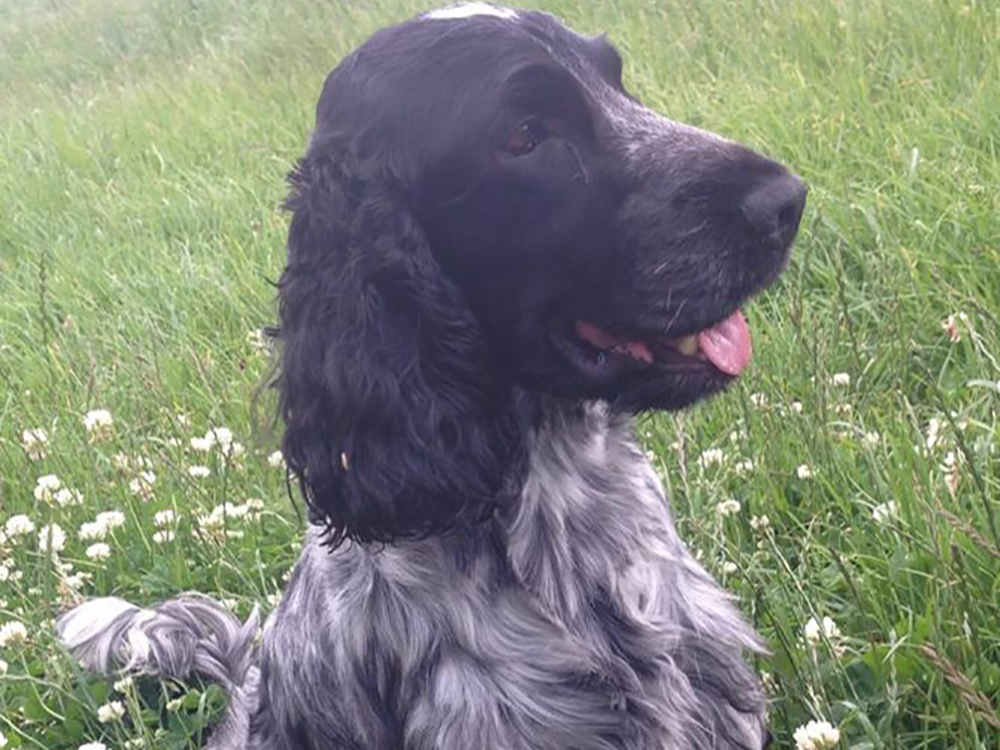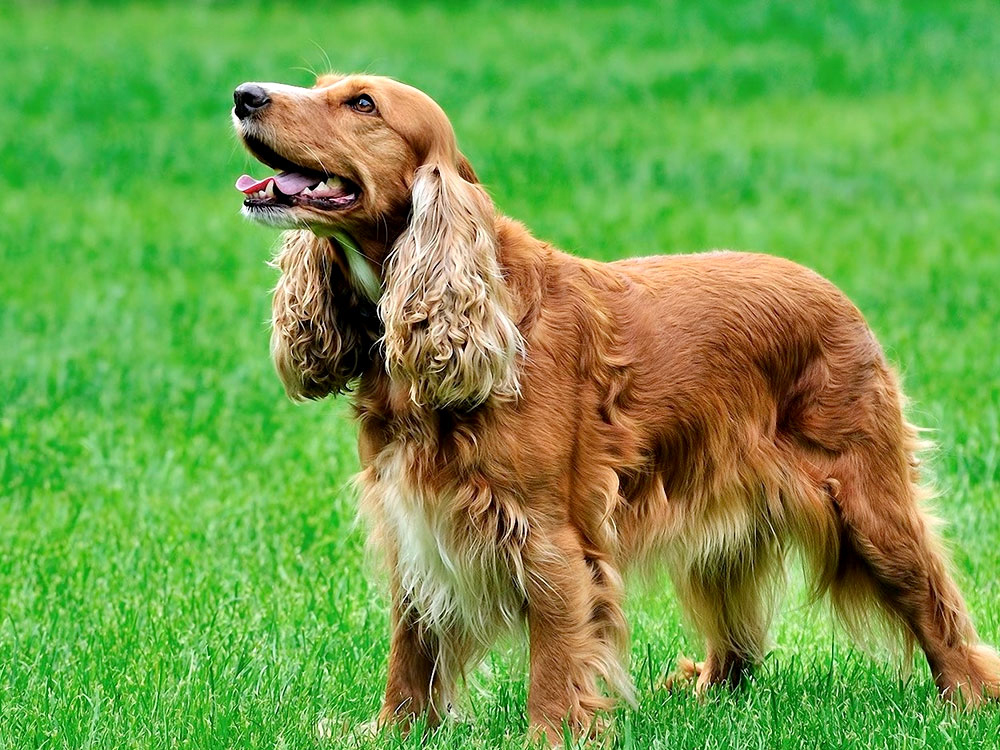
Cocker Spaniel Breed Pictures
Vital Breed Stats
| Height: | 36 - 38 cm M | 36 - 38 cm F |
| Weight: | 7 - 14 kg M | 7 - 14 kg F |
| Breed Group: | Gundog Dog Group |
| Life Expectancy: | 13 - 15 years |
| KC Registered: | No |
Breed Characteristics
| Size: |  |
| Grooming: |  |
| Exercise Level: |  |
| Trainability: |  |
| Barking Level: |  |
| Good with Children: |  |
| Good with other pets: |  |
| Affectionate: |  |
| Protective: |  |
| Cost to Keep: |  |
Give a thumbs up if you love the Cocker Spaniel

0
More About the Breed
History
There are two types of Cocker Spaniels: the English Cocker Spaniel and the American cocker spaniel. Both are simply referred as Cocker Spaniel in their respective countries. The Cocker Spaniel is the descendant of the spaniel breed present in thirteenth-century England. The breed was often depicted in various literary works, including masterpieces of Chaucer and Shakespeare. However, it is believed that this type of dog was already around as early as 54 BC. The spaniel dog was sought after in the sixteenth century because it was a terrific game-bird hunter. The breed was officially recognised by the Kennel Club in 1983.
It was common for the spaniel breed to have differently sized puppies in one litter. It was up to the breeders to decide which jobs were appropriate for them based on their size, intelligence, and stamina. It was only during the end of the nineteenth century that the breeders decided to divide the spaniels into different breeds. These were the cocker, English springer, field, Sussex, Clumber, Welsh springer, and Irish water spaniel. In 1874, a spaniel under 11 kilograms was considered a cocker by the Kennel Club. A breed standard for the cocker spaniel was officially set in 1885. As American breeders chose the smaller varieties with rounder skulls, shorter muzzles, and thicker coats, a separate type was created. The American and English cocker spaniels were divided into separate breeds in 1935.
Appearance
The Cocker Spaniel is a sturdy, compact, and magnificent-looking pooch. Larger than its American cousin, it weighs 26–34 pounds and stands 28–41 centimetres at the withers. Its body resembles the working-dog form of the English springer and field spaniels. The cocker has a square muzzle with a well-developed skull, and its head is well-proportioned to its sturdy body. Its dark brown/brown eyes are full but not prominent. Its charming lobular ears are set low on a level with its eyes.
There is a distinction in terms of the coats of a working cocker and a show cocker. The former has a finer coat with less feathering, whilst the latter has a flat and silky coat with plenty of feathering. Both should not be wiry, wavy, or curly. Feathering is found on the body, forelegs, and hind legs above the hocks. The bfeed comes in fun and adorable solid colours and combinations:
Solid colours: black, golden, liver, and red
Bicolours: black and white; black and tan; liver and tan; orange and white; lemon and white; liver and white
Tricolours: black, white, and tan; liver, white, and tan
Roans: blue roan; lemon roan; liver roan; orange roan; blue roan and tan; liver roan and tan
Grooming
The Cocker Spaniel has demanding grooming needs, with the show cocker being more high-maintenance. Its long hair needs daily brushing to remove dirt and distribute natural oils. The coat also needs to be hand- or knife-stripped. Taking it to a professional groomer every three months will be a great idea to make your life much easier. Bathing can actually be done as needed. If your dog freely roams around in a farm or ranch, it can get muddy and would require frequent baths.
Apart from keeping your dog’s coat clean and healthy, also make sure that its nails are trimmed and its ears clean. Regularly check for ticks and fleas as these parasites carry deadly diseases. Also make sure that its teeth and gums are clean by regular brushing and giving it chew toys that prevent tartar build-up.
Temperament
Intelligence
The cocker’s intelligence is paired with its eagerness to learn and please its humans, making it very easy to train. It is also worth noting that this breed is very sensitive and does not respond to tough words and actions. Positive reinforcements in the form of praises and treats will work best. Aside from basic obedience, include canine sports in your training. like agility and flyball.
More often than not, the type of breed plays a factor in your dog’s temperament and intelligence. However, not everyone fits the mould. Don’t have too much expectations because each dog is unique.
Nutrition
Owners need to have a clear idea of the basic nutritional needs of their Cocker Spaniel as a breed in general and consider its individual characteristics.
The following is the typical calorie needs of an adult Cocker Spaniel per day:
- Senior and less active: up to 600 calories daily
- Typical adults: up to 750 calories daily
- Physically active/working dogs: up to 1,180 calories daily
Feeding
Health
Exercise
Cost of Ownership
The Cocker Spaniel is a moderately expensive dog to maintain. The annual amount can range from £1,000 to £1,500. Remember that costs differ depending on a lot of factors such as size, age, and health. Firstly, premium dog food and treats can go as high as £520 per year. Grooming expenses at professional groomers for your cocker are around £30 to £40, which can go higher if your dog requires stripping.
Routine vet visits for annual booster vaccination and flea/worming treatments can cost around £130. Basic pet insurance rates cost £240 per year, but be prepared for any required veterinary treatments not covered or exceeding your coverage. The Cocker Spaniel puppy will cost from £600 to £800.
Is a Cocker Spaniel Right for You?
- The Cocker Spaniel loves people, including children.
- It generally gets along with other pets, but cannot be fully trusted with small animals.
- It has demanding grooming needs.
- Originally bred as a gun dog, it has high energy levels and exercise needs.
- The breed can be destructive when left alone or not exercised regularly.
